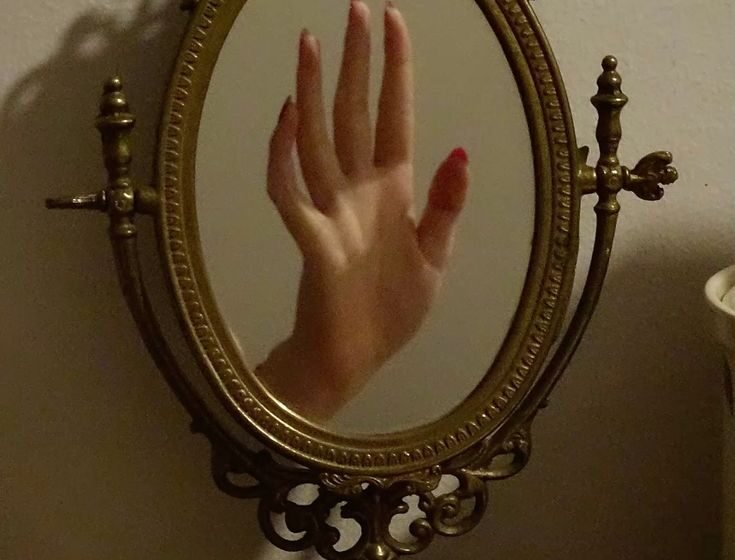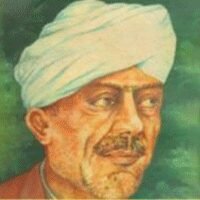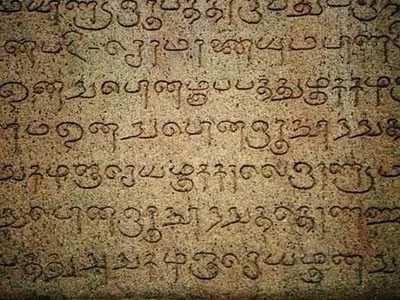-Trushti Dand Can overthinking and misplaced trust do more harm than outright neglect? The story Overcautious Monkeys unfolds in a seemingly simple setting—a landlord’s lush garden and a loyal but overworked gardener longing for a day off. The narrative explores the consequences of trusting the wrong helpers for the right reason. Frustrated by his lack […]Read More
Tags : CULTURE
A Face in the Glass: Love, Trust, and the Invention of Reflection -Trushti Dand What happens when a new invention, unfamiliar and mysterious, becomes the cause of suspicion in a marriage built on tradition? In “The Mirror and the Suspicious Wife,” a folktale set in a time when mirrors were newly invented and unfamiliar, the […]Read More
-Khirabdhi Tanaya Gour Persian poetry peaked in South Asia and Iran during the rule of the Mughal Empire in the 17th century. Ghani Kashmiri is one of the prominent figures who enriched this Golden Era of Persian literature. Ghani Kashmiri’s lasting impression on the Indo-Persian literary tradition is because of his significant influence on Persian […]Read More
-Khirabdhi Tanaya Gour The melodic sound travels between night shades while the moonlit haze surrounds it. In the traditional North Indian classical music, Raag Malkauns is a legendary composition with a magical history. Malkauns is characterized by its profound and reflective atmosphere and a sense of grandeur reminiscent of the tranquility of midnight, and is […]Read More
-Arushi Kastwar In the rolls of Indian history, there are names that linger not because they abided by societal norms but because they so radically challenged them. Cornelia Sorabji is one of those names — a woman who battled her battles in the obscure passages of law and the dark recesses of patriarchy. She was […]Read More
Indian literature does not have the past as a foreign land; instead, it exists within the very intimate confines of the present, influencing identities, narratives, and geography. Memory, from classical epics to modern novels, does not only serve as a theme but a living force—one inscribed into the walls of houses, ruins, cities, and minds. […]Read More
In a nation such as India, where narrative is old, complicated, and organically connected with oral traditions, mythologies, and a prolonged written past, writing is never innocent. Writing is always weighed down by an obligation to represent, to cause trouble, and most often, to revolt. And yet again and again, Indian writers have encountered an […]Read More
Letters Across Time: The Epistolary Form in Indian History and
In the silent unfolding of history, letters have sometimes cried out more audibly than declarations. Intimate, confessional, persuasive, or poetic, the epistolary form has long been a living thread in the tapestry of Indian life—running from royal courts to revolutionary jails, from partitioned homes to contemporary novels. In Indian literature and history, letters have not […]Read More
-Trushti Dand Is it truly fate that shapes our lives, or do our choices blind us to the opportunities placed right before us? In a quiet corner of the world, where dusty roads connect the humble and the grand, unfolds a deceptively simple yet profoundly philosophical tale titled Fate. At its surface, it narrates the […]Read More
Real Music Lover When Passion Overrules Fear: A Tale of True Devotion What would you risk for something you love—your time, your comfort, or perhaps even your life? In the heart of Kerala, a land known for its rich cultural heritage and reverence for the arts, a timeless tale unfolds—a story that elevates the meaning […]Read More









